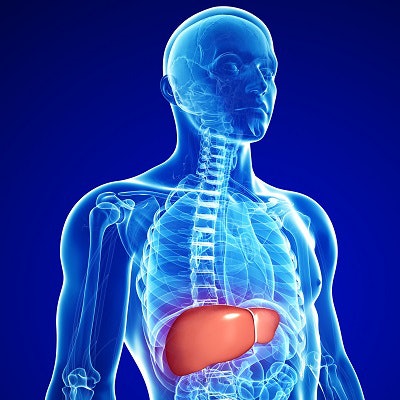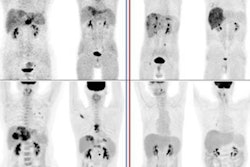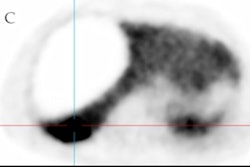
A CT radiomics nomogram can preoperatively predict if a hepatocellular carcinoma (HCC) patient will have early recurrence following a liver transplant, according to new research published in Hepatobiliary & Pancreatic Diseases International.
A team of researchers led by Jing-Wei Zhao of Chinese PLA General Hospital in Beijing developed a nomogram that incorporated analysis of CT radiomics and clinical factors. In testing, the nomogram outperformed models based on clinical factors or radiomics analysis alone for preoperative prediction of HCC following a liver transplant.
"The nomogram has high calibration, can accurately predict early recurrence probability, and [can] provide a decision-making tool for clinicians," the authors wrote.
In an attempt to improve preoperative prediction of early HCC recurrence, the researchers first gathered a dataset of 151 patients with histologically confirmed HCC who underwent liver transplantation between December 2013 and July 2019. All patients received preoperative contrast-enhanced CT exams within one month of liver transplantation and were followed up for at least one year or until recurrence.
CT scans were performed on a Discovery CT750 HD scanner (GE Healthcare) along with an administration of Omnipaque iodinated contrast media (GE). Patient follow-up included measurement of alpha-fetoprotein (AFP) levels, as well as CT or MRI at one month after liver transplantation and then every three months after that.
Of the 151 subjects, 105 were used for training and 46 were set aside as a validation set. Twenty-one patients in the training set and 12 in the validation cohort experienced early HCC recurrence.
After 1,218 features were extracted from the CT images, a least absolute shrinkage and selection operator (LASSO) logistic regression algorithm was then used to build the radiomics signature for early HCC recurrence. The radiomics signature differed significantly (p < 0.01) between patients who had early HCC recurrence and those who didn't.
The researchers also collected preoperative clinical factors potentially associated with early recurrence. These included patient sex, age, and hepatitis B surface antigen (HBsAg) presence, as well as AFP, alanine aminotransferase (ALT), aspartate aminotransferase (AST), and gamma-glutamyl transpeptidase (GGT) levels.
The study authors tested three different models: a clinical model based only on the clinical factors, a radiomics signature model, and a nomogram that combined the clinical model and the radiomics signature. The combined nomogram yielded the best results on the validation set for predicting early HCC recurrence.
| Better HCC recurrence prediction performance from CT radiomics | |||
| Clinical model | Radiomics signature | Nomogram combining clinical model and radiomics signature | |
| Area under the curve | 0.735 | 0.848 | 0.917 |
The improved performance for the nomogram was statistically significant (p = 0.047).
"These findings demonstrated that the nomogram noninvasively and effectively assessed the risk of early recurrence with better clinical usefulness than the clinical model," they wrote.
The researchers acknowledged the limitations of their study, including its retrospective nature and its reliance on data from a single center and one type of CT scanner. Prospective studies should now be performed to verify these results, according to the authors.



















